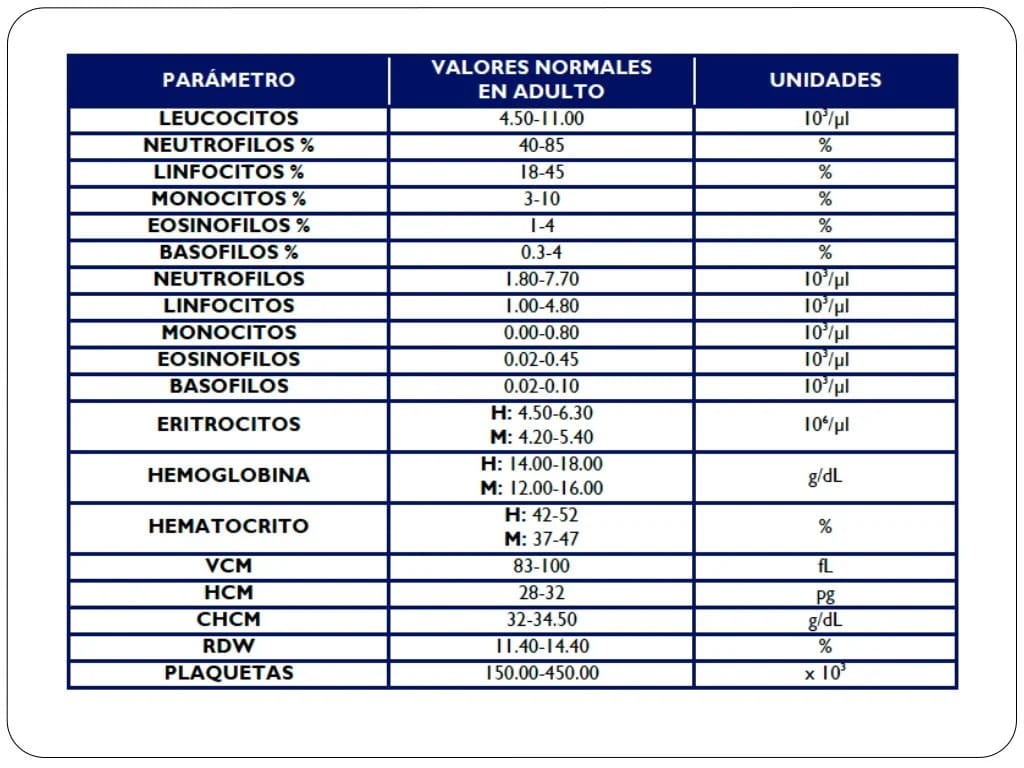A Biometría Hemática, better known as a Complete Blood Count (CBC), is a powerful tool that provides a snapshot of your overall health. Think of it as a window into your bloodstream, revealing vital information about the cells circulating within. From routine checkups to diagnosing illnesses, the CBC plays a crucial role in healthcare. This guide will explore what a Biometría Hemática is, its components, how results are interpreted, and its significance for your well-being. We’ll also touch on some exciting areas of ongoing research that may further enhance the power of this common blood test.
Decoding Your Blood’s Secrets: What is a Biometría Hemática?
A Biometría Hemática, or Complete Blood Count (CBC), is one of the most common blood tests performed. It analyzes the different types of cells in your blood, providing valuable information about your overall health and helping to diagnose a wide range of conditions, from infections and anemia to more serious illnesses like leukemia.
This test isn’t just about one thing; it examines various components of your blood, offering a comprehensive picture of your health. It’s sometimes referred to as a full blood exam, complete blood test, or hemogram. No matter what you call it, it’s an important diagnostic tool.
The Cellular Cast: Components of a Biometría Hemática
Your blood is a complex mixture of different cells, each with a vital role to play. A Biometría Hemática examines these key players:
Red Blood Cells (RBCs): The Oxygen Express
These tiny cells are responsible for transporting oxygen from your lungs to the rest of your body. The CBC measures several aspects of your RBCs:
- RBC Count: The total number of red blood cells. A low count may suggest anemia, potentially causing fatigue and weakness.
- Hemoglobin: The protein within RBCs that carries oxygen. Low hemoglobin often accompanies a low RBC count, further supporting a possible anemia diagnosis.
- Hematocrit: The percentage of your blood volume occupied by RBCs. This, along with hemoglobin, contributes to a clearer picture of RBC health.
- RBC Indices: These provide details about the size, shape, and hemoglobin content of your RBCs. They can help identify specific types of anemia, such as those caused by iron deficiency or vitamin B12 deficiency.
White Blood Cells (WBCs): The Body’s Defenders
WBCs are your immune system’s warriors, constantly patrolling for infections and other threats. The CBC analyzes WBCs in two ways:
- Total WBC Count: A high count might indicate an infection or inflammation, while a low count could suggest a weakened immune system.
- Differential WBC Count: This breaks down the different types of WBCs – neutrophils, lymphocytes, monocytes, eosinophils, and basophils – each with specific functions. This detailed analysis can provide clues about the nature of an infection or other immune-related issues. For instance, elevated eosinophils may suggest an allergic reaction or parasitic infection.
Platelets: The Clotting Agents
These small cell fragments are essential for blood clotting, preventing excessive bleeding. A low platelet count can lead to easy bruising and bleeding, while a high count could potentially increase the risk of blood clots, though this is less common.
Putting It All Together: Understanding Your Results
Your Biometría Hemática results will show a range of values for each component. What’s considered “normal” can vary slightly depending on the laboratory and factors like age and sex. Here’s a general overview:
| Blood Component | Normal Range (Adult) |
|---|---|
| Red Blood Cells | 4.5-5.5 million/mcL |
| White Blood Cells | 4,500-11,000/mcL |
| Platelets | 150,000-450,000/mcL |
| Hemoglobin | 12-16 g/dL (women), 14-18 g/dL (men) |
| Hematocrit | 35-45% (women), 40-50% (men) |
Your doctor will interpret your results in context with your overall health, symptoms, and medical history. Don’t try to interpret them yourself – a slightly abnormal value doesn’t necessarily indicate a serious problem.
The Importance of Biometría Hemática: From Diagnosis to Prevention
The Biometría Hemática is a versatile tool used for:
- Diagnosis: It can help diagnose a wide range of conditions, including infections, anemia, leukemia, and other blood disorders. It is often one of the first tests ordered when a blood-related problem is suspected.
- Monitoring Treatment: For individuals undergoing treatment for a blood-related condition, regular CBCs can help track the effectiveness of the therapy and make adjustments as needed.
- Preventive Care: Even for seemingly healthy individuals, a CBC can be a valuable part of routine checkups. It may reveal early signs of underlying health problems before they become symptomatic, enabling earlier intervention and potentially improved outcomes.
- Pre-surgical Screening: A CBC is often performed before surgery to assess a patient’s overall health and identify any potential bleeding or clotting risks.
The Future of Biometría Hemática: Ongoing Research and Personalized Medicine
Ongoing research continues to expand our understanding of blood cell counts and their implications for health. Scientists are exploring how subtle changes in blood cell characteristics might be linked to specific diseases or predict future health risks. This research could potentially lead to more refined interpretations of CBC results and even more personalized treatment approaches.
Some research suggests that regular CBCs may have a role in the early detection of conditions like heart disease and certain types of cancer, although further research is needed to confirm these findings. The potential of Biometría Hemática in personalized medicine is also being explored, as individual blood cell profiles could be used to tailor treatment plans more effectively.
Conclusion: A Powerful Tool for Health Management
The Biometría Hemática is a fundamental yet powerful tool for assessing and monitoring your health. While the results can appear complex, they offer invaluable insights that empower you and your doctor to make informed decisions about your well-being. Remember, a conversation with your doctor is crucial to understanding your individual results and developing a personalized health plan.
Music enthusiasts can delve deeper into the world of musical instruments with our comprehensive baritone fingering chart, providing insights into its unique fingerings. For those seeking precision in their laboratory experiments, our buretrol offers an essential guide to ensuring accurate liquid dispensing and titration.
- Discovering Gillsville, GA: Small-Town Charm and Artistic Heritage in the Georgia Foothills - November 22, 2024
- Who Was Grisela Blanco? The Real Story Behind Netflix’s Griselda - November 22, 2024
- Galesville, WI in Trempealeau County: A Small Town with Big Charm - November 22, 2024














